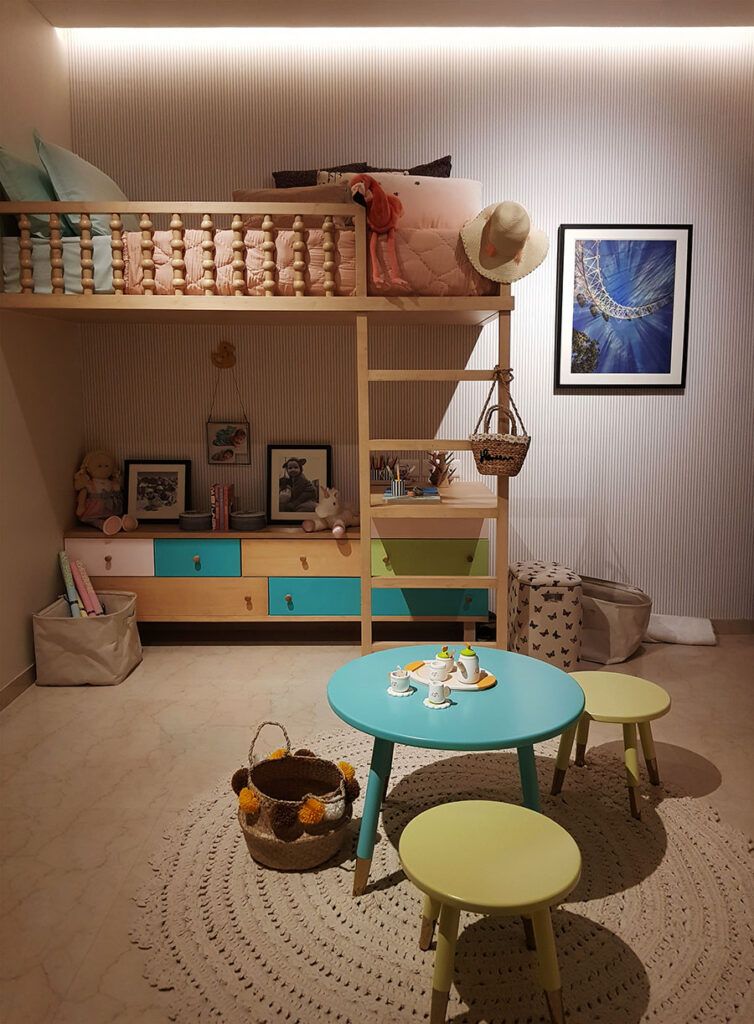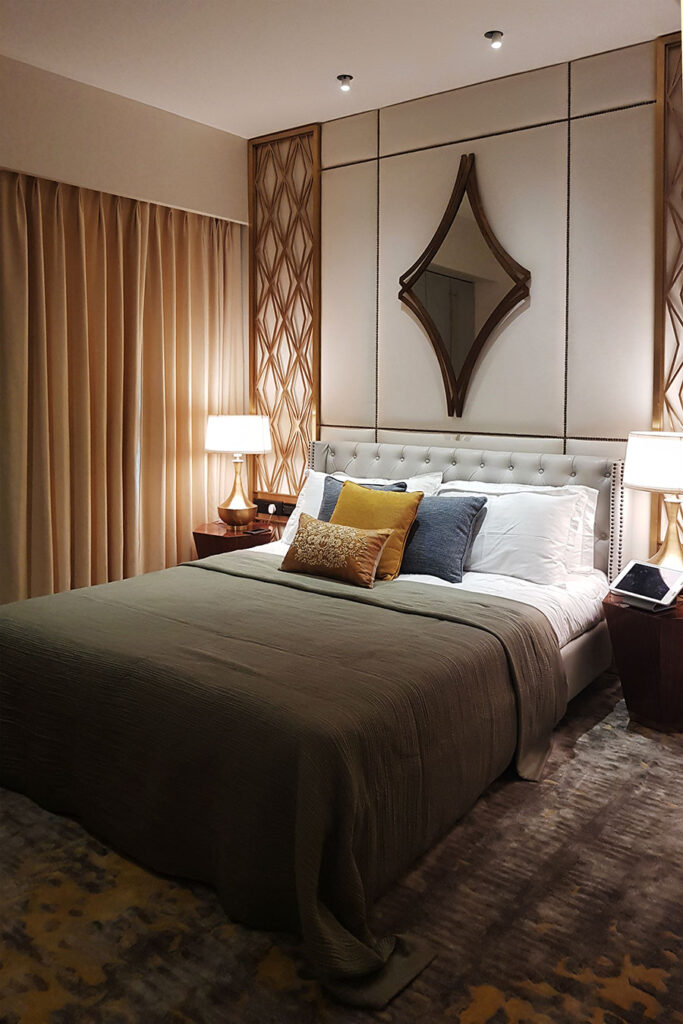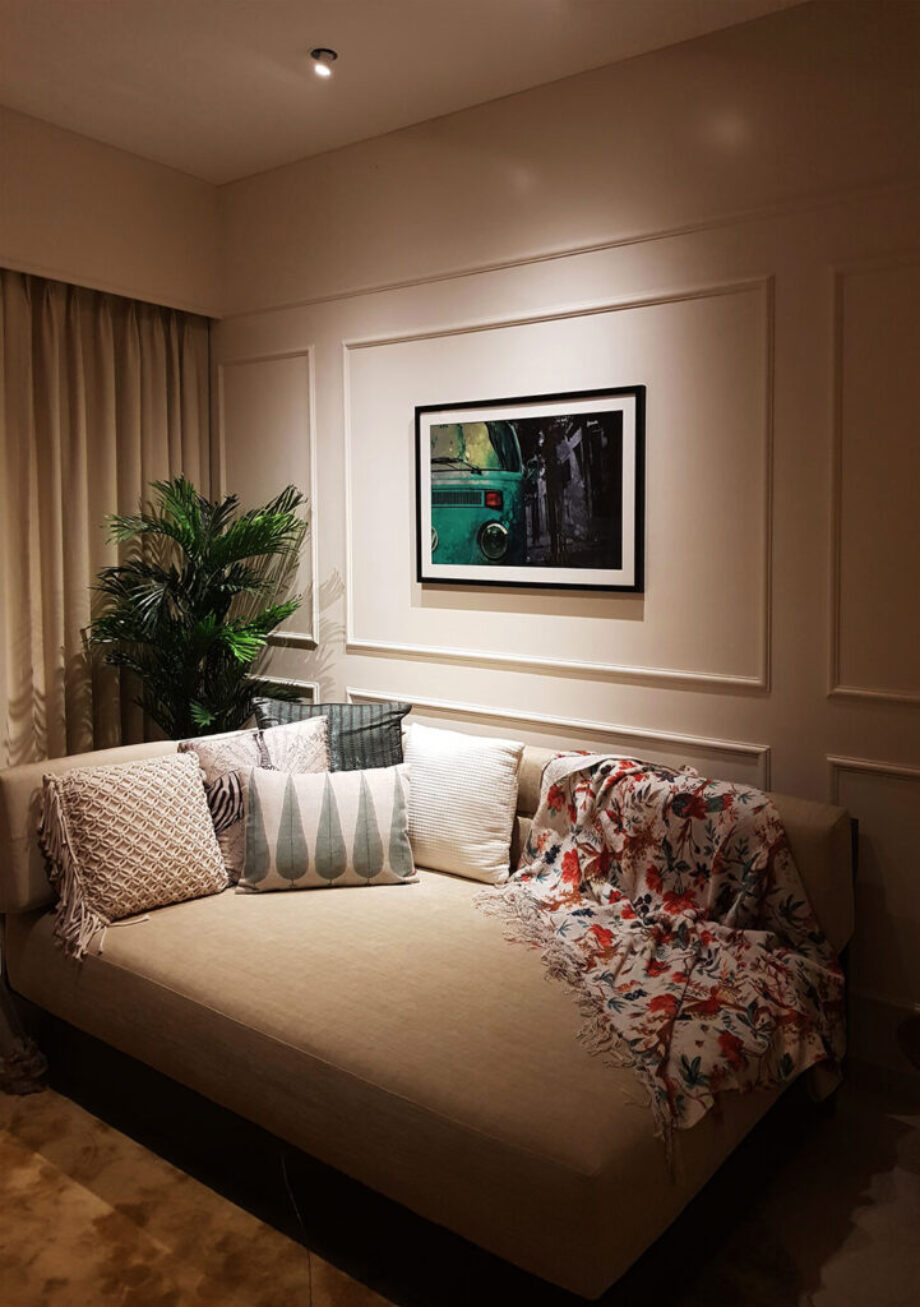Today, we spend most of our time indoors in a combination of natural and artificial lighting. However, with the growing awareness regarding the positive impacts of natural light on human psychological and biological processes, the trends are now shifting towards artificial lighting that imitates the colour temperature and the look and feel of natural light. With several options to modulate the light intensity and colour, lighting designs are now aiming to achieve a natural look in any space.
Light directly impacts our circadian rhythms, ensuring sound sleep, a balanced mood, greater cognition, and overall well-being. Research shows a clear relationship between good lighting and elevated moods, energy levels, concentration, appetite and many other aspects of life. While on the other hand, improper lighting can cause gloominess and an overall reduced cognitive performance by our body.
To maintain an ideal circadian rhythm, cooler and brighter lights are recommended during the daytime. In contrast, warmer and dimmer ones are well suited for the evenings and nights, the opposite of which might disturb the sleep cycle and reduce our attention span throughout the day. Cooler temperatures in lights act as stimulators and are crucial for focused activities like reading, working, or cooking. They tend to increase our productivity and help us be more alert and attentive but at the same time make it difficult for us to fall asleep at night. The warmer or yellow tones on the colour temperature scale are closer to sunrise and sunsets when our bodies tend to be more at ease. The use of warmer tones of lights in any space tends to bring in calmness and peace, making the environment comfortable. Dim lights create a soothing ambience while aiding the body to feel relaxed and more prepared to sleep.

Lighting also impacts our body’s serotonin and melatonin levels that govern our sleep patterns, moods and behaviour, productivity, cognition, and overall well-being. For example, in prolonged dimly-lit spaces, one may feel sad or depressed and not know what’s causing it. As a result, we must have efficient lighting to influence our biological processes positively. Therefore, whether it is a residential or commercial space, employing an ideal lighting scheme is vital to the success of the design of a space.

Being aware of the massive impacts of lighting on our bodies demands designers to be more creative and mindful of the indispensable role of illumination in built environments. A good lighting design should wisely incorporate daylight and architectural lighting in interior spaces focussing on getting the ideal specifications, thereby creating an environment of wellbeing for its occupants.


